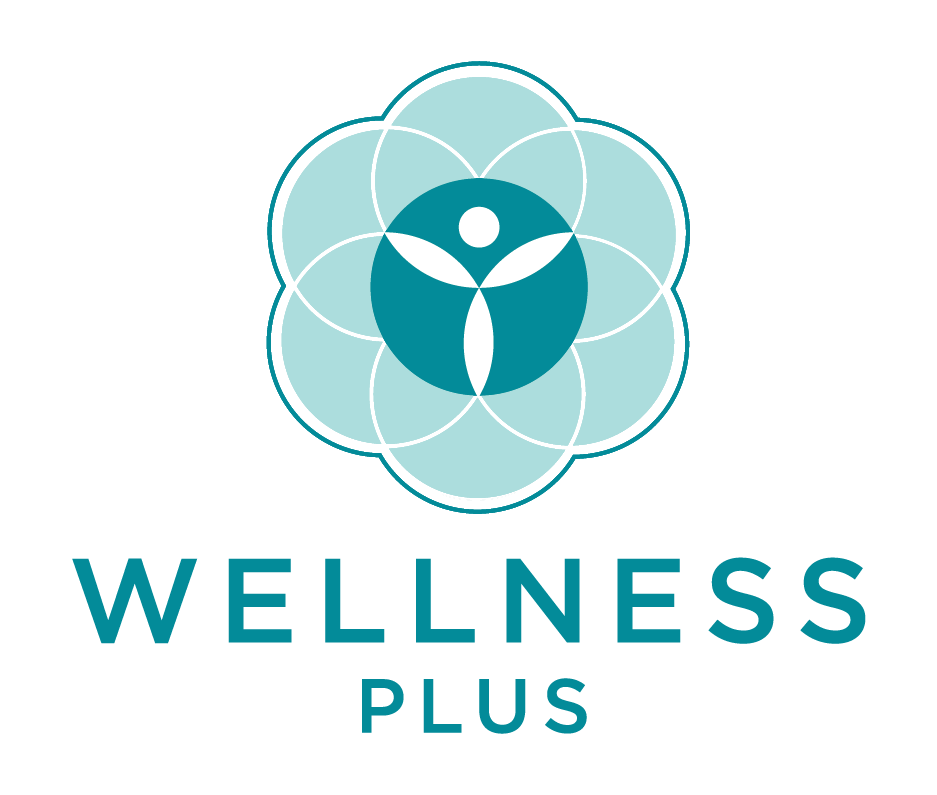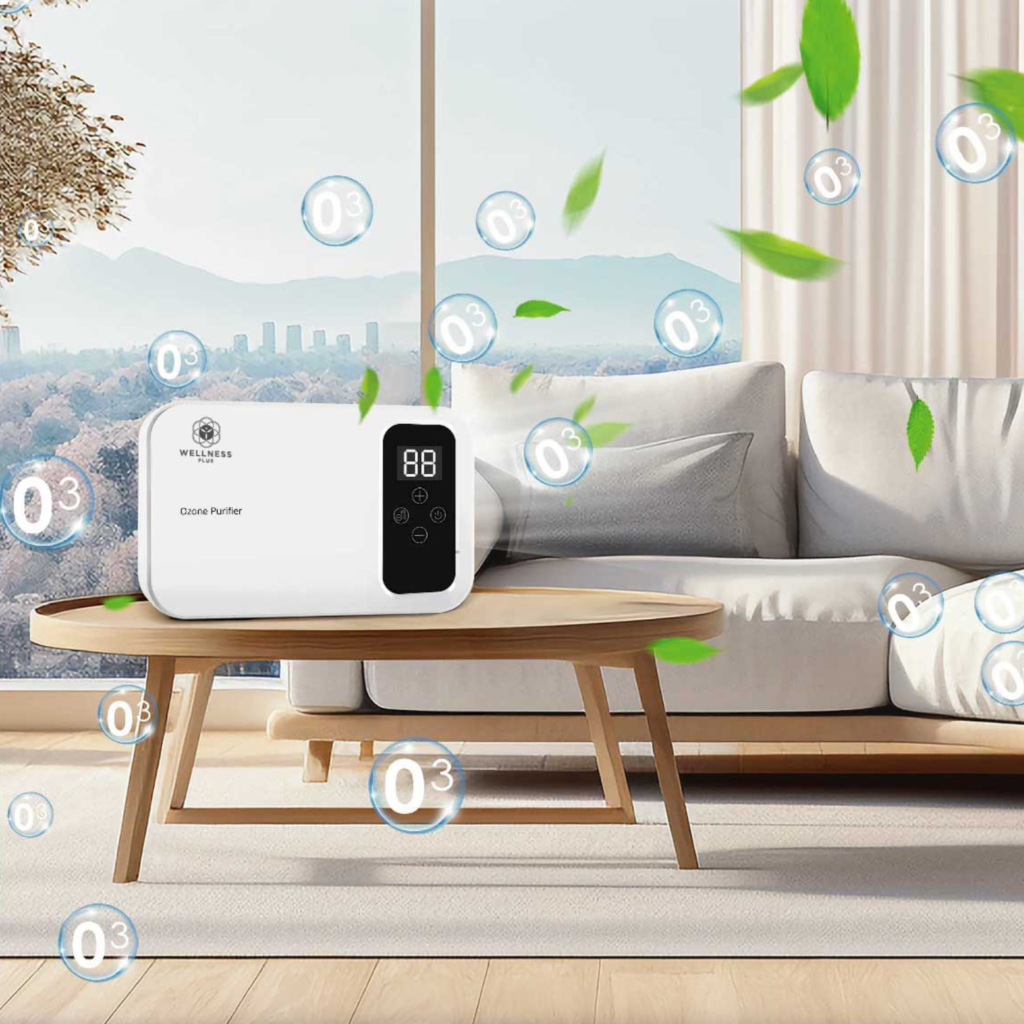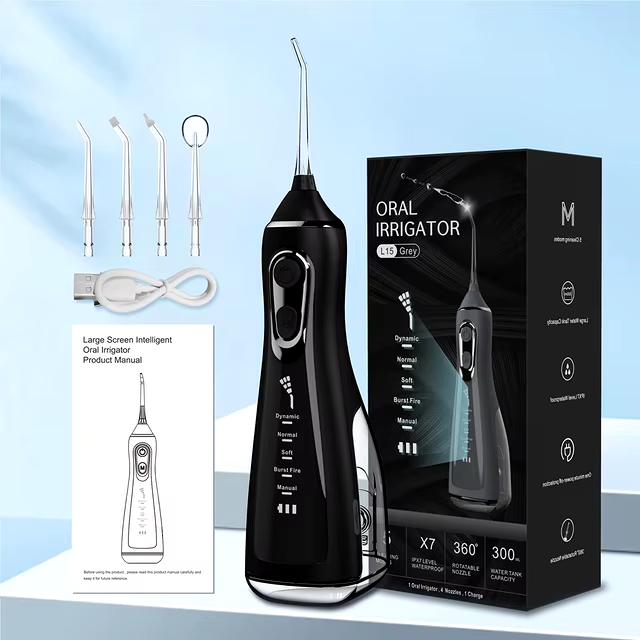Explore the first edition of the Wellness Plus Catalog, your gateway to a healthier lifestyle offering products designed to support well-being.
Place your order via WhatsApp for home delivery. Wellness Plus is your partner on the journey to optimal health.


